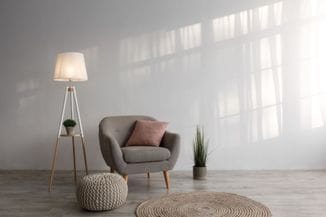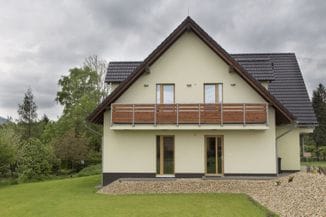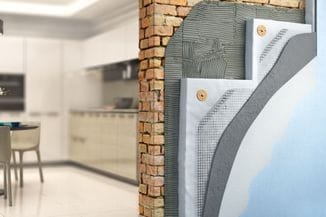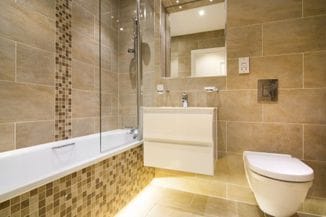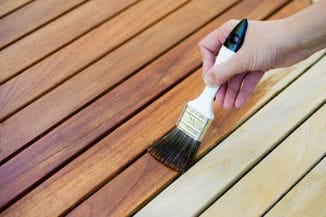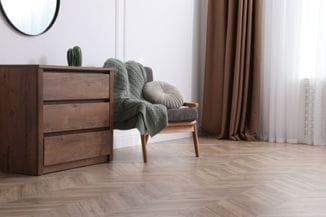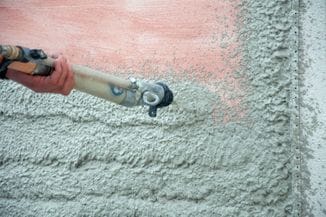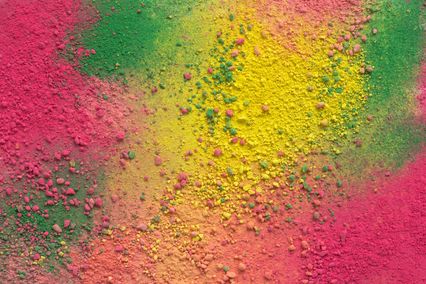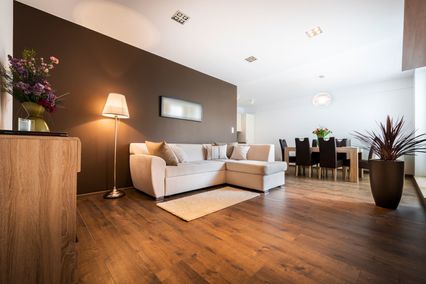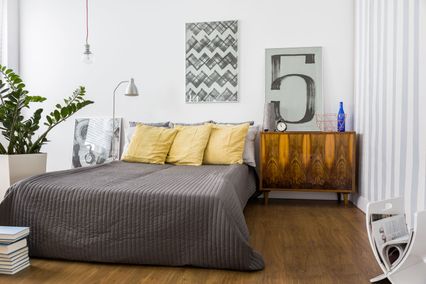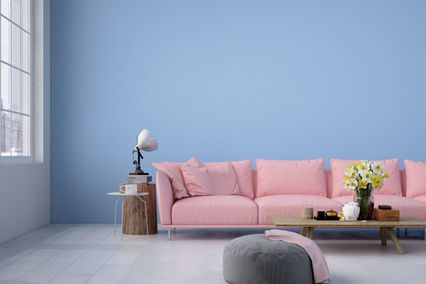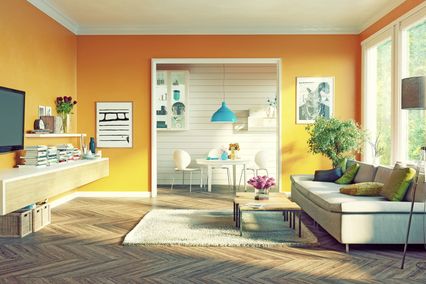What is a pigment?
Simply put, pigments are small, solid and insoluble particles, whose primary role is to give a certain tone to a coating. They absorb or reject (reflect) the light, defining thus the color of the material. The pigments used in paints can be white, black or of any other color. In addition to toning, pigments often provide protection against UV radiation and other atmospheric effects, ensuring thus stability and prolonging the life of the coating. Pigments, colorants or toners, as they are called in the market, are actually finely ground particles, which produce a specific nuance. The paint can be toned individually, by hand, or at a paint store, with the help of a machine, by adding a certain amount of pigment.
What is a high quality pigment in a wall paint?
Superior quality pigments should not react with the other components of the coating. A high quality toner has high coating and covering capacity. The higher the covering capacity is, the smaller quantity of pigment will be necessary in the coating, i.e. it is more economical. An important characteristic of pigments is their sensitivity to light, which depends on the size of the particles, their chemical composition and concentration. By selecting the pigments and their quantity, it is possible to significantly affect the primary properties of any coating, in liquid state, prior to its application on the surface (color, drying, viscosity) or after applying it (color, opacity, gloss, durability, resistance to different influences).
Classification of pigments
There are thousands of different pigments that vary according to the raw material, from which they are obtained, composition, production and processing method, particle size and natural color. The best known classification of pigments is the one according to their chemical structure - organic and inorganic pigments. Organic pigments are based on carbon compounds. They are characterized by the small size of the particles, which leads to more intensive and cleaner nuances, as well as to a lower covering capacity. Due to their organic composition, they are not usually very resistant to UV radiation, as well as to the influence of alkaline, i.e. basic environments, such as cement, which is a very common material in the construction industry. Organic pigments are therefore most commonly used for shading interior paints. Inorganic pigments are usually based on metallic compounds. They have much larger particles, which give them higher covering capacity. Due to the size of the pigment particles, as well as to their chemical composition and production process, non-organic pigments are extremely resistant to UV radiation and the effects of alkaline, i.e. basic environments. Therefore, all the shades of the MAXIMIX color chart labeled with „F” are manufactured solely for the use with inorganic pigments, which makes them an excellent choice for facade paints and plasters.
The first artificial (synthesized) pigment is the Egyptian blue. It was produced by heating quartz, copper compounds and calcium carbonate for several hours at a temperature of over 1000oC hergestellt.
